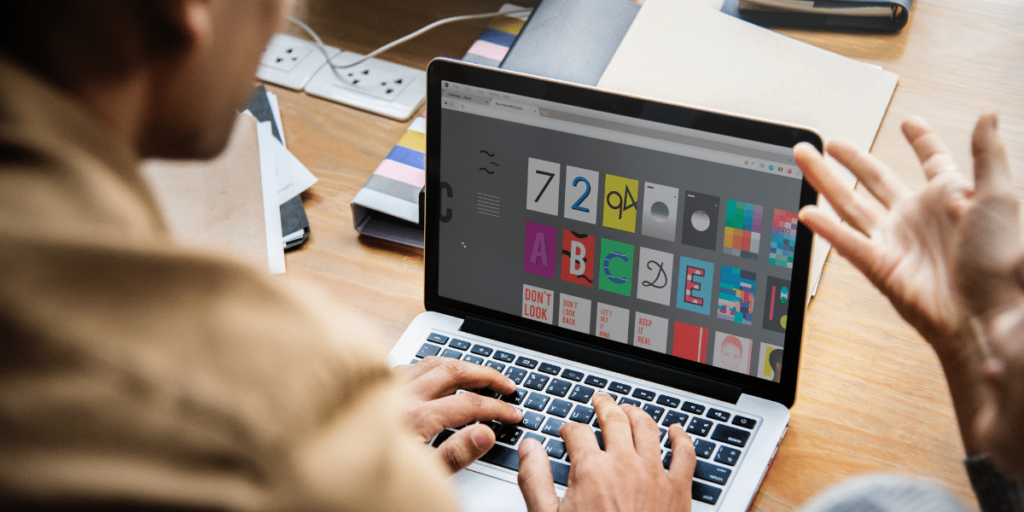Ultimate Beginner’s Guide to Learning Graphic Design
5 min read
If you are just getting started in making your own designs whether it’s for web or print it can seem daunting. Graphic design is a big subject and there are many concepts to grasp. The amount of information out there can be overwhelming for BlueSkyGraphics Courses graphic design. There is much to learn but not all of its relevant or necessary for the average Joe.
There are a lot of Zen rules and odd ideas for art and design out there. But you don’t need to meditate under a tree with a sketchpad and a cup of green tea to get better at creative work.
Rather than bombard you with an endless list of the top things you need to know today. I am going to give a few simple tips that I and many other designers use daily.
Who is this for?
Perhaps you are somebody who doesn’t want to hire a graphic designer for every little thing and wants to do more of their own work. Maybe you run a website and want things ready to go instantly. Perhaps you want to make better thumbnails for your YouTube videos.
Maybe you want to get started in designing but you don’t want a student debt you might never pay off…
Whoever you are, let’s take a look at some easy to follow tips that will instantly improve your work. These are a few basic concepts that I think will have the biggest impact on a newcomer to the field of graphic design.
Line and Align
Properly aligning elements is crucial for a clean and pleasing design. It is especially important with text. Sometimes we designers can forget the purpose of the text is to be read and understood.
Aligning elements is paramount for any type of design but it is crucial for print designs. You will often have extremely specific measurements to go by, and these need to be followed exactly. Printing mistakes can be costly, and they are not always easy to fix. A lot of times I send off a design and hope for the best. Not all printers will get back to you if something is wrong. The first you know about it is when you see it printed.
You don’t always have to get obsessed about aligning every single little bit of the design. Just try to make sure the big important things are properly aligned. This will make your work look much more professional and it will be easier to understand.
Use Fractions and Percentages
Graphic design is as much about order and symmetry as it is about being creative. As a designer, you often have to find the balance between looking pretty and being clear and readable. If I am a bit stuck or the creative juice.
What fractions?
Whatever you want, thirds are widely accepted as being very pleasing to the eye. Dividing every single design into thirds can be impractical and detrimental though.
If you are using Photoshop you can set this up very easily with the new guide’s layout option. You can then set the number of columns and rows to whatever you want.
This fractal approach allows you to decide what the most important element is. Is the text the most important part then maybe that should take up two-thirds of the design? Or maybe I want the pretty photo to stand out. In that case, maybe the text should only take up a third of the design.
This applies to text too, in the above design the second heading “now on” is half the size of the main heading “sale” and the last bit “don’t miss out” is a quarter of the size of the main heading.
This isn’t mandatory nor practical for all text designs, however, it can give you a good guide to follow.
Hierarchy
This structure previously demonstrated creates a hierarchy which is also a fundamental concept of Graphic Design. In the Above text the first thing you see is “SALE” next you read “Now On” and so on. I prioritized the word “Sale” as I feel this is the most important part of the message.
Sometimes you want your audience to read/see things in a certain order. No writer wants their readers to read the last chapter of a book first. This is also true of visual designs. Sometimes you want to guide the viewers’ eye through a design in a certain way.
Size is one obvious way to create a hierarchy but there are many other ways such as:
- Color
- Font style
- Placement
Space and Balance
Do not fear empty space. Empty space is just as important as the elements of the design. It’s better to have room to spare otherwise, things can look claustrophobic and cluttered. This ties in with my previous tip on dividing a design into fractions. You can play around with what percentage of the image will be empty space.
A great example of a properly executed empty space is a margin. We instinctively find pages of text with margins much easier to read than text which fills the whole page. The same is true of paragraphs we find small paragraphs of text much easier to read, we can even be deterred if the text is poorly formatted.
If you have ever doubted the impact of adding negative space, take a look at any mounted photograph. Simply adding a white border around a photograph can completely change the mood of a photograph.
You should even consider the space between the individual letters of a word.
Summary
These are a few of the fundamentals which I think will have the biggest impact on a beginners work. These are not just a few things I have made up to fill the page, I actually use them on a daily basis. I have made all kinds of designs both print and web and these few tips have helped me out every time.
Read More Articles on Sites Surf






